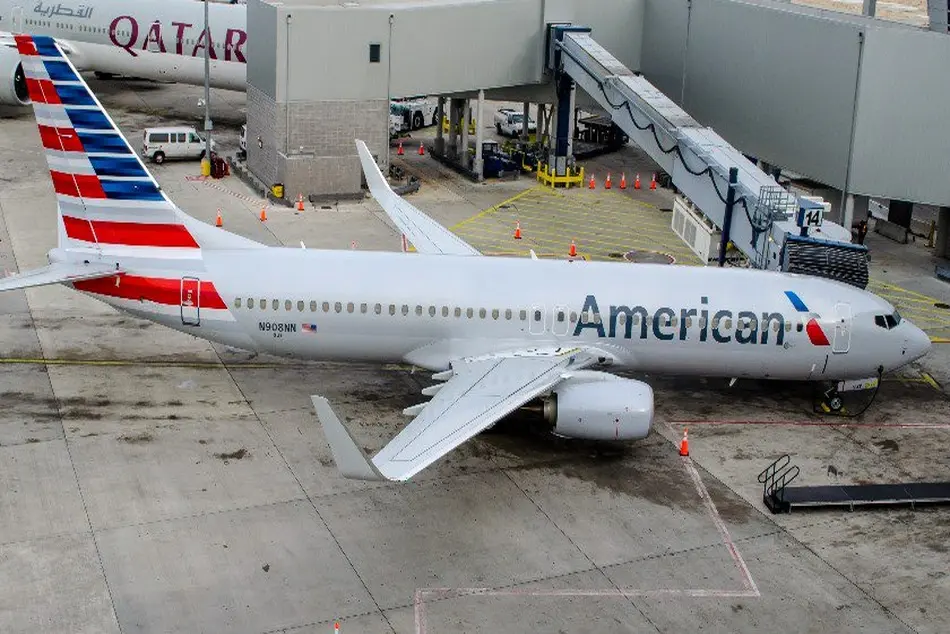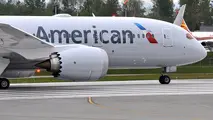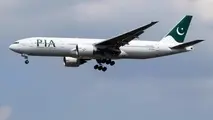Boeing 737NG Brake Hose Inspections Due By Jan. 9
Boeing 737 Next Generation operators have until Jan. 9, 2026, to inspect affected aircraft for cross-fed brake hoses, a new FAA airworthiness directive (AD) says.

Boeing 737 Next Generation operators have until Jan. 9, 2026, to inspect affected aircraft for cross-fed brake hoses, a new FAA airworthiness directive (AD) says.
The AD, published Nov. 25, mandates instructions issued by Boeing in an Oct. 15 alert requirements bulletin. This includes Boeing’s recommended inspection window of 30 days, a copy of the bulletin placed in the rulemaking docket shows.
Factoring in the rule’s Dec. 10 effective date, affected operators were given 45 days to conduct the checks.
Boeing’s bulletin and the related AD address an issue flagged by the NTSB during the board’s probe of a February 2024 runway overrun.
Investigators found the aircraft involved, an American Airlines 737-800, had undergone a routine brake modification days before the incident. During the work, hydraulic hoses were crossed. This meant signals meant for one main landing gear assembly were sent to the other.
The AD orders general visual inspections of both the left and right main-landing-gear brake hydraulic hoses for crossed installation. It also requires testing of each brake system anti-skid valve and transducer to ensure electrical connectors are configured correctly.
The FAA’s order covers only U.S.-registered aircraft, but adoption by other regulators is likely. The error that led to the overrun came as part of a change from steel to carbon brakes. After learning of the error, American inspected its 300-aircraft 737NG fleet and found no similar issues.
Both American and Boeing have made several changes to maintenance instructions to help clarify the brake-change instructions and minimize the risk of potential mistakes. Boeing also issued multiple messages to operators calling attention to the issue.



